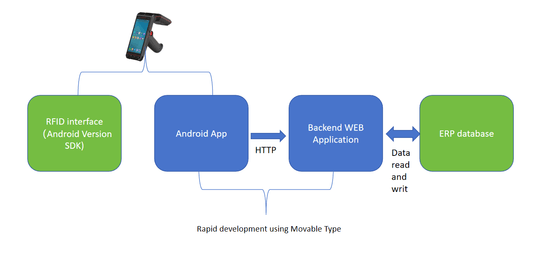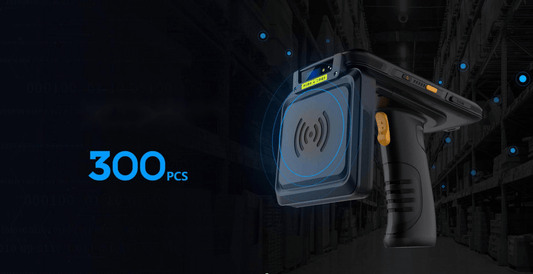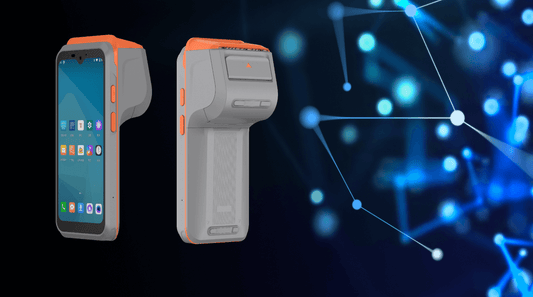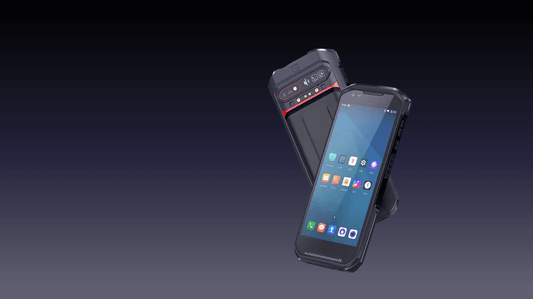From 4G to 5G: The Evolution of Rugged Mobile Computing in Logistics
The logistics industry is undergoing a digital revolution, driven by advancements in rugged mobile computing. While 4G-enabled rugged devices have transformed real-time tracking and workforce productivity, the emergence of 5G connectivity is set to unlock unprecedented speed, reliability, and automation in supply chains.
This blog explores:
✔ How 4G rugged devices reshaped logistics (2015–2024).
✔ The limitations of 4G in modern logistics.
✔ Why 5G is a game-changer (with real-world case studies).
✔ Key challenges in adopting 5G rugged devices.
✔ Future trends beyond 5G.
1. The 4G Era: How Rugged Mobile Computers Revolutionized Logistics
1.1 The Rise of 4G Rugged Devices
With the global rollout of 4G LTE, logistics companies adopted rugged handhelds, tablets, and vehicle-mounted computers to replace paper-based processes. Key benefits included:
- Real-time tracking (GPS + cloud syncing).
- Barcode/RFID scanning (99%+ accuracy).
- Durability (IP67, drop-proof designs for warehouses and fleets).
1.2 Case Study: DHL’s 4G Transformation
- Devices Used: Zebra TC75 rugged handhelds.
- Results:
- 30% faster parcel sorting.
- 50% fewer scanning errors.
- ROI in 9 months from reduced manual labor.
1.3 Limitations of 4G in Logistics
Despite its success, 4G had drawbacks:
❌ Latency (50–100ms) – Delayed real-time updates.
❌ Network Congestion – Slow speeds in high-density areas.
❌ Limited IoT Scalability – Struggled with massive sensor data.
2.1 What 5G Offers Over 4G
| Feature | 4G LTE | 5G |
|---|---|---|
| Speed | 100 Mbps (avg) | 1–10 Gbps |
| Latency | 50–100ms | <10ms |
| Device Density | ~100K devices/sq km | 1M+ devices/sq km |
| Reliability | 99.9% uptime | 99.999% ("5 nines") |
2.2 Key Benefits for Logistics
✔ Ultra-Low Latency – Near-instant warehouse robot responses.
✔ Massive IoT Support – Connects sensors, drones, and autonomous vehicles.
✔ Edge Computing – Faster AI decision-making (e.g., route optimization).
2.3 Real-World 5G Logistics Implementations
Case Study 1: FedEx’s 5G-Powered Smart Warehouses
- Tech Used: Samsung 5G rugged tablets + autonomous mobile robots (AMRs).
- Results:
- 40% faster loading/unloading.
- Predictive maintenance via real-time equipment monitoring.
Case Study 2: Maersk’s 5G Port Operations
- Tech Used: Ericsson 5G network + rugged Panasonic Toughpads.
- Results:
- 20% lower cargo handling time.
- AI-powered crane automation.
3. Challenges in Adopting 5G Rugged Devices
3.1 Infrastructure Cost
- 5G requires dense small-cell networks, expensive for rural logistics hubs.
- Solution: Private 5G networks (e.g., Amazon’s AWS Private 5G).
3.2 Device Compatibility
- Not all 4G rugged devices support 5G.
- Solution: Modular upgrades (e.g., Samsung’s 5G-enabled Galaxy Tab Active 5).
3.3 Security Risks
- 5G expands cyberattack surfaces.
- Solution: Zero-trust architecture + blockchain-based tracking.
4. The Future Beyond 5G: What’s Next?
4.1 6G (2030+)
- Terahertz (THz) frequencies – 100x faster than 5G.
- AI-native networks– Self-optimizing logistics systems.
4.2 Quantum-Resistant Encryption
- Protects against quantum hacking in sensitive supply chains.
4.3 Autonomous Logistics Ecosystems
- 5G + AI + robotics = Fully automated warehouses & fleets.
5. Key Takeaways for Logistics Companies
1. Upgrade Strategically – Start with high-throughput hubs (e.g., ports, mega-warehouses).
2. Choose Future-Proof Devices – Look for 5G + edge AI capabilities.
3. Partner with Telecom Providers – Leverage private 5G networks for security.
4. Train Workforce for 5G – VR simulations for AMR & drone operations.
Conclusion
The shift from 4G to 5G rugged mobile computing is not just an upgrade—it’s a paradigm shift enabling:
🚀 Real-time, AI-driven logistics.
🚀 Fully connected IoT ecosystems.
🚀 Autonomous supply chains.
Logistics leaders who adopt 5G now will dominate the next decade. Leeshion's 5G mobile computer LS-F503 price just around $200/pc. It's good choice for you to start to use 5G mobile computer for your business!
No comments














0 comments